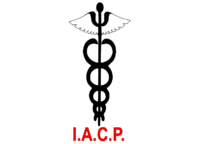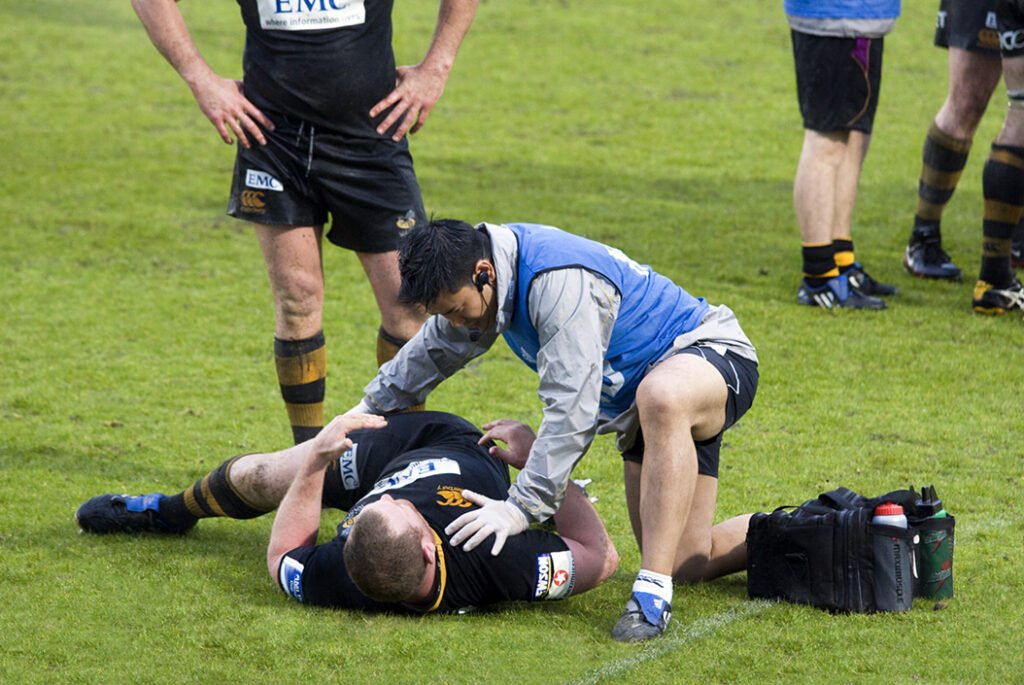Introduction
Sports medicine is a branch of medicine that deals with physical fitness and the treatment and prevention of injuries related to sports and exercise. Sport and Exercise Medicine (SEM), which is now well established in many countries. It can also refer to doctors and other paramedical practitioners who work in a broader setting. The various sports medicine experts often work together as a team to ensure the best recovery plan for the individual/ athlete. Team members can include orthopedic surgeons, certified athletic trainers, sports physical therapists, physical medicine and rehabilitation specialists, as well as specialty SEM physicians. Currently the Physiotherapy as a Sports Medicine has a very high scope throughout the world and this profession is highly demanding among the medical aspirants as well.
SEM doctors treat injuries such as muscle, ligament, tendon, and bone problems, but may also treat chronic illnesses that can affect physical performance, such as asthma and diabetes. SEM doctors also advise on managing and preventing injuries.

SEM consultants also deliver clinical physical activity interventions, negating the burden of disease directly because of physical inactivity and the interesting evidence for the effectiveness of exercise in the primary, secondary and tertiary prevention of disease.
The Role of the Exercise Physiotherapy in International Sports
Physiotherapy has become an integral part of the sports medicine team. At the London 2012 Olympic Games, physiotherapists formed the largest professional group working at the Olympic Games. The essential role of the sports physiotherapist in international and elite sports (and in all other levels of sport) remains to provide treatment and rehabilitation of injuries and to provide performance support through injury prevention, maintenance, and recovery interventions.
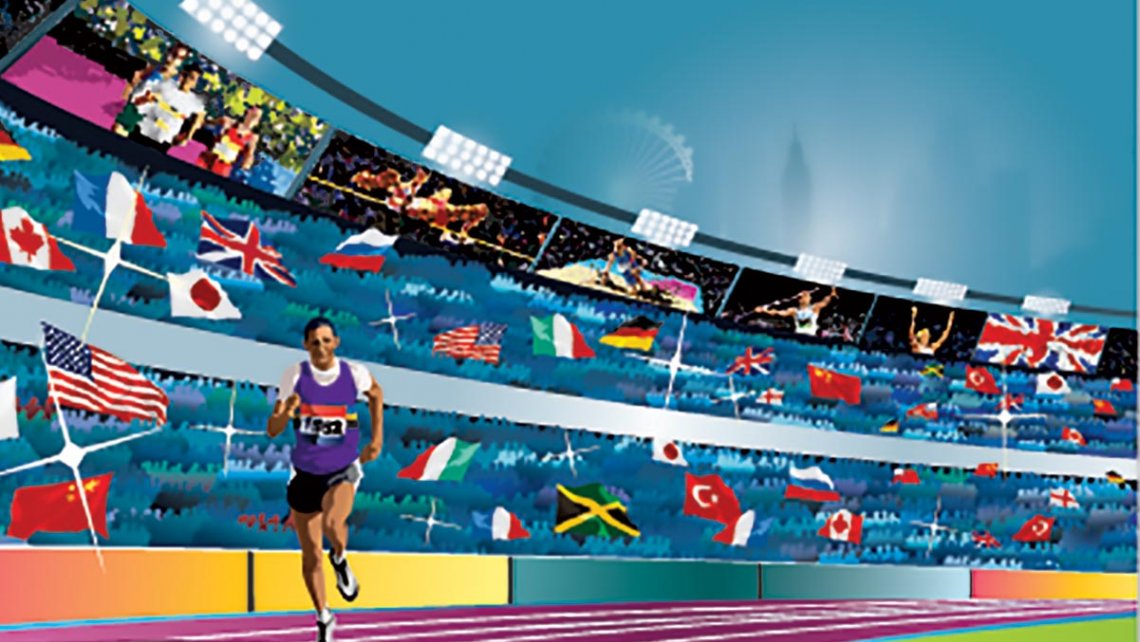

The common perception of the role of the sports physiotherapist in supporting athletes during competition or major games seems to be that the physio is a “provider of treatment interventions related to specific injuries.” But, from recent studies, sports physios are also playing a much bigger role in supporting uninjured athletes. During the London 2012 Olympic Games, athletes attended physiotherapy services in the absence of injuries. A reasonable assumption for this may be that the physiotherapy sessions focused on maintaining physical function as well as aiding in recovery have a place in supporting athletic performance. It was also clear that athletes required follow-up visits for the same condition/injury and that muscle injury were the most common. The non-injury-related physiotherapy sessions/encounters reflected the need for maintenance of the musculoskeletal system, injury prevention strategies, and help with recovery.
Exercise physiotherapists working with international/elite athletes also face the challenge of the ongoing management of pre-existing conditions. Overuse injuries among athletes were identified as the most common reason to attend physiotherapy services.
The role of the physiotherapist within the sphere of international sport is vast and that the role goes beyond the treatment of injury to a much broader role which includes assisting with musculoskeletal maintenance and recovery and injury prevention strategies. [1]
The role of the Sports PT as a part of the sports medical team at marathon-type events varies widely. The PT can assume the role of an EMR whose primary role is the management of the athlete in emergency-type situations. The role of the EMR extends beyond the care of the athlete to the care and safety of the spectators. In this role, the PT must be prepared to handle any type of emergency which may occur from medical conditions to acute orthopedic/sports injuries, to medical conditions which may be found in the participants of the race or the spectators. Additional roles of the PT can be in pre-race education, pre-participation screening/physicals, and other concerns by the participant related to injury prevention. Regardless of the role assumed by the PT, prior planning is essential in the safety, security, and maximal performance to make the race enjoyable and safe for everyone. [2]
Sports physiotherapists are also in a unique position to take on leadership roles. The breadth of the sports physiotherapist skill set, which includes skills such as understanding acute care management, exercise and evidence-based approaches to injury prevention and treatment, as well as general strength and conditioning concepts, enables sports physiotherapists to oversee the healthcare of athletes in various sporting codes. Another benefit is the significant time that sports physiotherapists spend working directly with the athletes. [3]
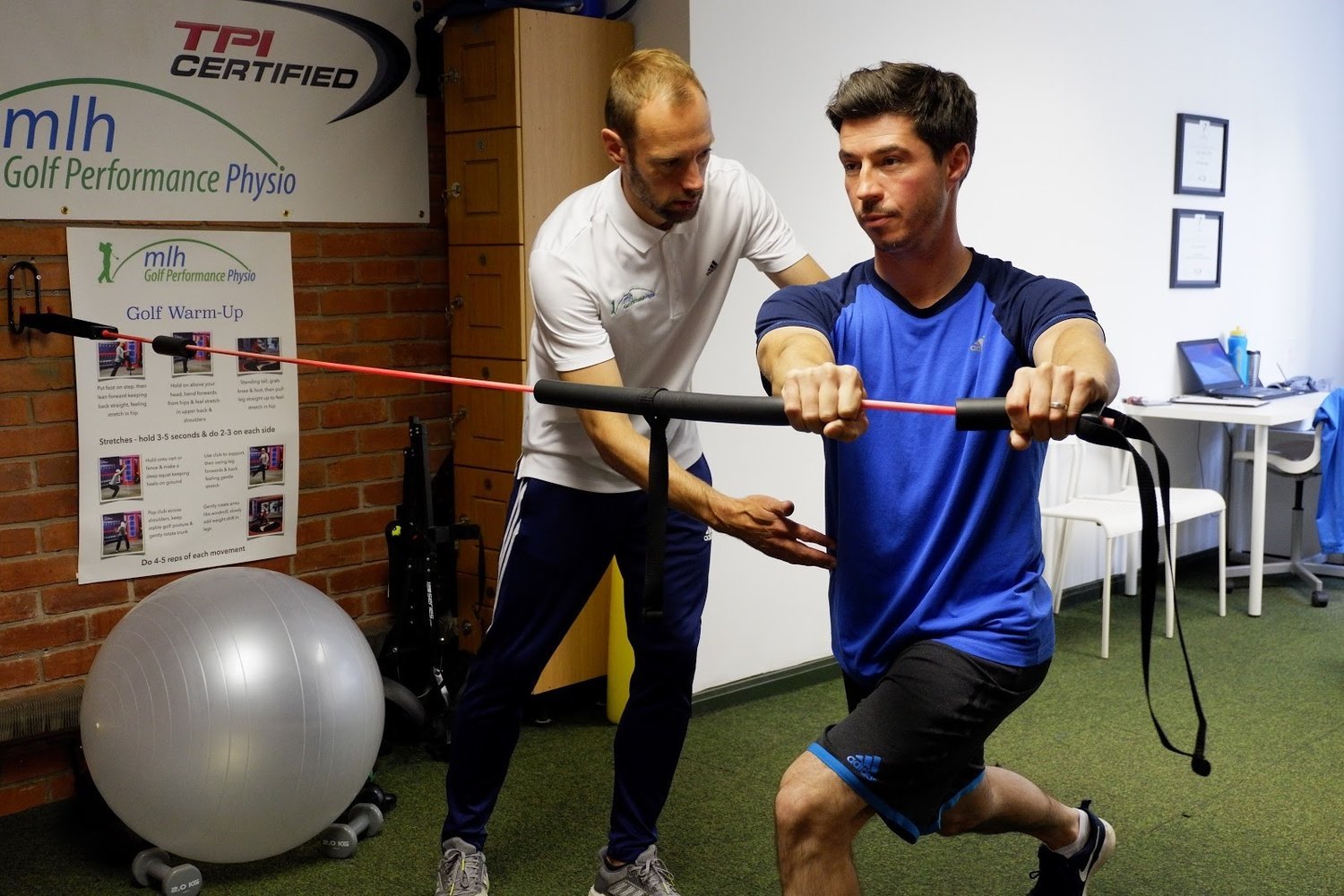
Scope of Sports Physiotherapy in India
We expect sports medicine in India to gain market growth in the forecast period of 2020 to 2027. Data Bridge Market Research analyses the market to grow at a CAGR of 14% in the above forecast period.
With an increase in the prevalence of health concerns in people, there is a rise in the number of people in sports and exercise activities, especially in the young population, whereas the occurrence of injuries becomes very common during these activities. They give special focus on the injuries related to joints, bones, muscles, shoulder, knee, hip, foot, etc. The rise in these activities has expanded the market for sports medicine in the forecast period, whereas advancement in technology for curing sports injuries and minimal invasiveness in the treatment process is also expanding market growth. In addition, rising R&D projects in sports medicine will create lucrative opportunities in the market. However, improper reimbursement policies on procedures, strict policies, and the rising cost of devices are factors restraining market growth, whereas lack of skilled professionals is a challenging factor for the market. [4]
Role of Physiotherapy in Sports (in Brief)
The major goals of physiotherapy and rehabilitation in sports injury include:
- Planning exercise regimes to help return the athlete to pre-injury function at functional site.
- A personalized exercise prescription is used to improve mobility restrictions.
- Preventive Injury methods and diagnosis for athletes thorough screening process and exercise
- Helps achieve peak athletic performance.
- Monitoring of athletes.
Modalities used in Sports Medicine by Physiotherapists
The goal of the center is to improve your daily comfort with rehabilitation, preventative care, and non-invasive treatments by the following modalities:
- Ice pack applications–icing could be immensely helpful in minimizing the swelling and pain caused by the injury and is used by physiotherapists as the starting point when treating an injury.
- Hot pack applications–if the injury does not come with swelling, using a hot pack that is wrapped in a towel is the common procedure for many physiotherapists – as one that is effective in alleviating pain and joint or muscle stiffness.
- TENS–also known as Transcutaneous Electrical Nerve Stimulator, this small battery-operated device directs little amounts of current into the skin or just over the injury, effective for temporary pain relief.
- Ultrasound–driving sound vibrations directly into the tissues, this procedure can heat bulky body areas and help the healing process.
- Massage and stretching–both standard techniques in physiotherapy for loosening the muscles or relaxing them while reducing the tissue adhesions and decreasing the swelling.
- Range of motion–the ROM exercises help improve and maintain the joint’s range of motion.
- Strengthening exercises–weak muscles result from inactivity after an injury, and strengthening exercises are a great way to bulk, repair, and maintain the strength of your muscles.
- Kinesiology Taping– or strapping is a technique used by physiotherapists for injury prevention or rehabilitation. [5]
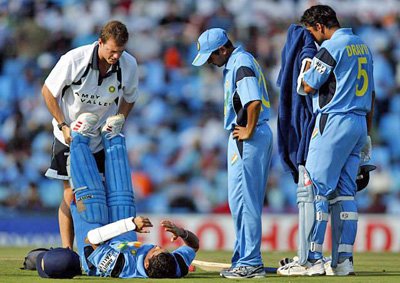

In India, a country that until recently was not renowned for producing the fittest of cricketers, virtually every Ranji Trophy and junior side now have a physio who travels with the players, and sorts out the niggling pains and injuries that are part and parcel of a cricketing career in the modern era.
Like the players, whose foremost aim is to win matches, a physio has a set of objectives.
PHYSIOTHERAPY – SHORT-TERM GOALS:
The goals of early physiotherapy treatment are:
1. To control the acute pain and swelling
2. To tape or support with a brace.
These measures are important to prevent an injury from worsening or delaying the recovery process.
PHYSIOTHERAPY – LONG-TERM GOALS:
1. The physio tailors the exercise program to strengthen the muscles that surround the injured area while retracting the injured tissue.
2. For full recovery and return to active sport, the physio can provide a strength training and conditioning program that includes sports-specific movements, which helps a player regain balance and coordination. [6]
References
[2] https://www.ncbi.nlm.nih.gov/……..
[3] https://www.physio-pedia.com/……
[4] https://www.databridgemarketresearch.com/…..
